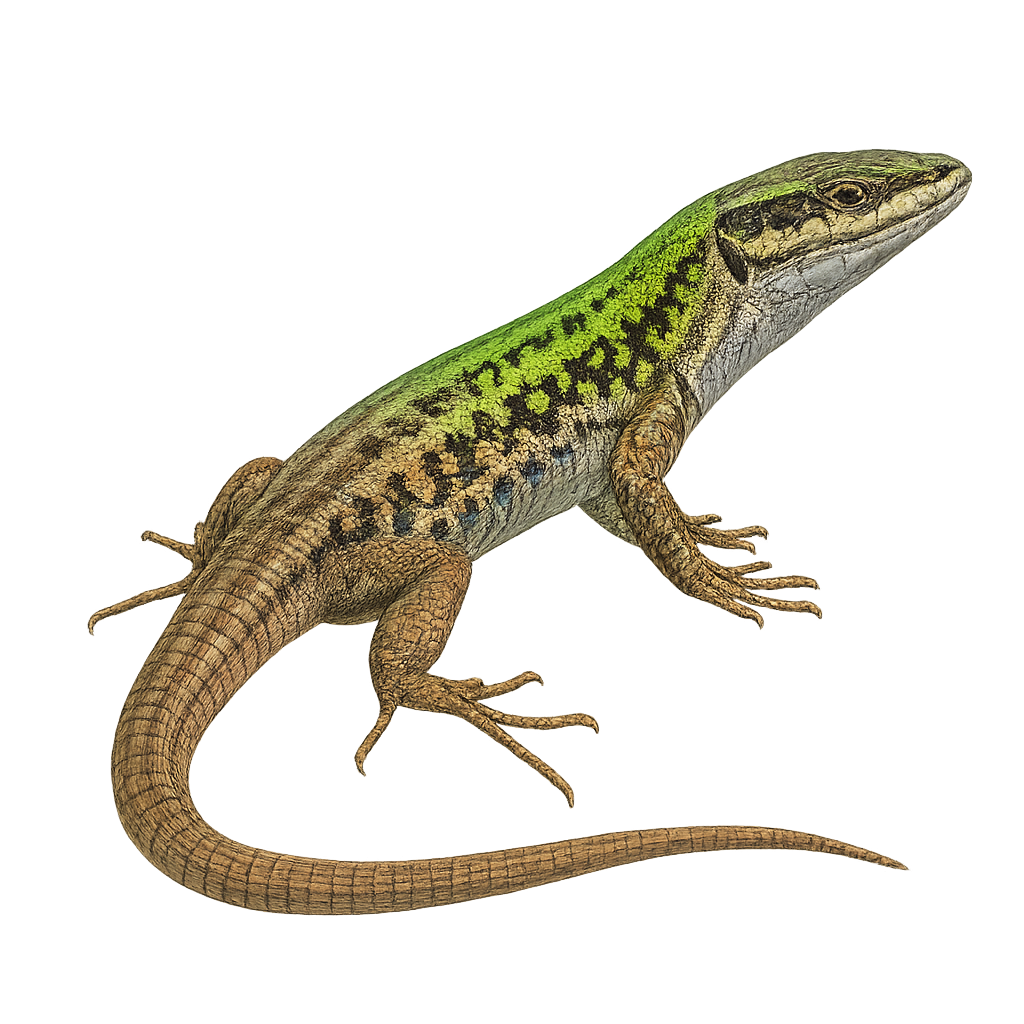Your wildlife photography guide.
Explore the erhard's wall lizard in detail, study its behavior, prepare your shots.
Where to observe and photograph the erhard's wall lizard in the wild
Learn where and when to spot the erhard's wall lizard in the wild, how to identify the species based on distinctive features, and what natural environments it inhabits. The WildlifePhotographer app offers tailored photography tips that reflect the erhard's wall lizard’s behavior, helping you capture better wildlife images. Explore the full species profile for key information including description, habitat, active periods, and approach techniques.
Erhard's Wall Lizard
Scientific name: Podarcis erhardii

IUCN Status: Least Concern
Family: LACERTIDAE
Group: Reptiles
Sensitivity to human approach: Suspicious
Minimum approach distance: 2 m
Reproduction period: February to March
Incubation: 30–45 jours
Births: February to March
Habitat:
rocky areas, grasslands, sparse forests
Activity period :
Active during the day when temperatures are favorable, often seen basking in the sun.
Identification and description:
The Erhard's wall lizard, or Podarcis erhardii, is a species of lizard found primarily in the Aegean islands and some regions of mainland Greece. This small reptile, typically measuring between 18 and 25 cm in total length, is known for its ability to adapt to various environments, ranging from rocky areas to open grasslands. Its coloration varies from brown to green, often with band or spot patterns, allowing it to blend effectively into its natural habitat. Active mainly during the day, the Erhard's wall lizard feeds on insects, spiders, and other small invertebrates. Although relatively common in its range, it is sensitive to habitat disturbances, particularly due to human development and tourism activities.
Recommended lens:
Macro – adjust based on distance, desired framing (portrait or habitat), and approach conditions.
Photography tips:
To photograph the Erhard's wall lizard, it is advisable to use a macro lens to capture the details of its skin and patterns. Approach slowly and avoid sudden movements to prevent scaring it away. The best times to photograph it are early in the morning or late in the afternoon when the light is soft and the lizard is more active. Try to capture images in its natural habitat, such as on rocks or among vegetation, to add context to your photos.
The WildlifePhotographer App is coming soon!
Be the first to explore the best nature spots, track rutting seasons, log your observations, and observe more wildlife.
Already 1 432 wildlife lovers subscribed worldwide

